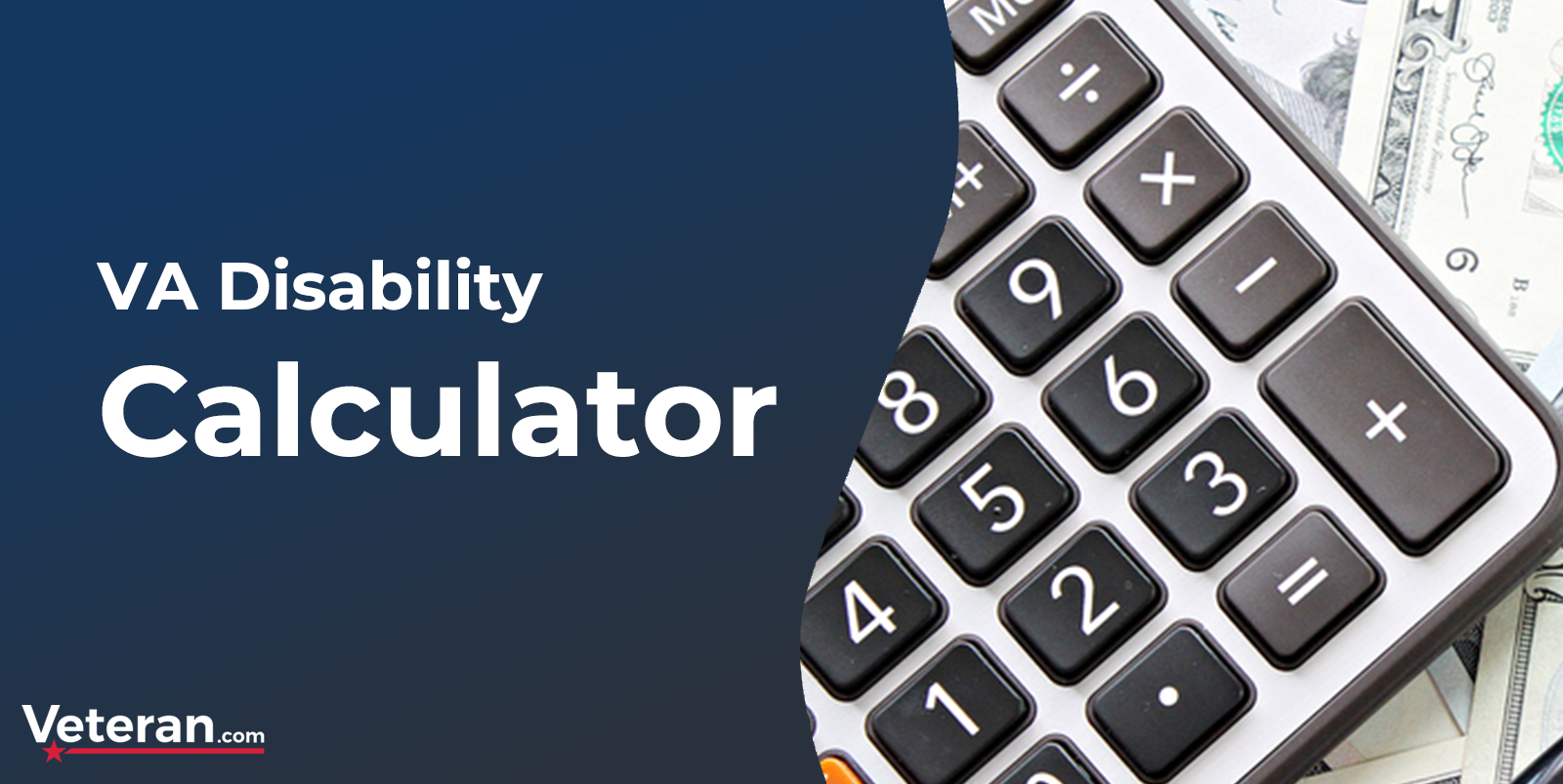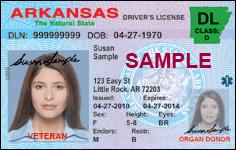U.S. Army Enlistment Height & Weight Requirements
Updated: November 5, 2022
If you want to join the Army, one area you should get familiar with as soon as possible is the U.S. Army enlistment height and weight requirements. Army height and weight requirements are a crucial part of the screening process for future soldiers. All officers and enlisted personnel must contend with these requirements as a condition of entry into military service.
Some sources cite data indicating that height/weight issues affect one out of every four enlistments. The Army has published its height and weight standards, including maximums and minimums for height, in Army Regulation 600–9 (AR 600-9).
If you search online for this regulation, you will find plenty of outdated material. There are versions of the regulation from 1986 floating around online, and those who discover such documents may mistakenly believe they are current policy. But updates to Army Regulation 600-9 have been issued; knowing the most recent regulations is critical for both recruiters and recruits.
Army Height and Weight Requirements For New Recruits
The same basic standards may apply to new recruits as for currently serving military members. The process for dealing with future soldiers who don’t meet physical standards is quite different than for those who have already completed basic training.
Recruits who don’t meet Army physical standards, including height/weight issues, will be given an opportunity (like their currently serving counterparts) to come up to those standards through organized fitness programs and other means.
The most significant difference for recruits: Meeting the Army’s standards here is the gateway to starting a military career; those currently serving must meet those standards to continue serving.
Army Height Minimums And Maximums
According to the United States Army official site for recruiting, the height range for recruits starts at 5’0 and ends at 6’8 for men and 4’10 to 6’8 for women. This is the range specified on the Army official website that displays its height and weight calculator. The minimum age for these requirements is 17.
Body Composition Rules
The minimum and maximum height requirements are not the only ones–recruits must meet minimum and maximum weight requirements. These requirements are on a scale based on age, gender, and height. For example, an 18-year old male Army recruit who is 5’5 must weigh no more than 163 lbs. A 25-year old male Army recruit who is the same height can weigh no more than 165, and a 30-year old male Army recruit who is 5’5 can weigh no more than 168.
Body Mass Versus Body Fat
U.S. Army Recruiting advises new applicants that the Army defines body composition as “the amount of body fat a Soldier has in comparison to their total body mass.”
Army regulations spell out height and weight requirements (based on age), and if you exceed those requirements, “you can still qualify by being below the specified body fat for your age based on standards.”
The Army expects its recruiters to help determine the percentage and show the recruit tools that can help monitor progress in meeting the enlistment and commissioning standards in this area.
The Army is serious about its recruiting standards. How serious? Some might think it’s just a case of getting within the current requirements and then dropping the exercise program once they have met standards.
But AR-900 states any recruit who enters active-military service and fails to remain fit within six months may need to go into the Army Body Composition Program (ABCP), a mandatory supervised and regulated fitness program for those who do not maintain physical standards.
On Waivers
In some cases, a recruiter may be able to apply for a waiver for certain applicants who don’t meet the minimum requirements, but it’s a case-by-case basis, and there is no across-the-board guidance for such circumstances. If you have concerns, be sure to ask the recruiter upfront about the potential for a waiver and under what circumstances Army regulations currently permit them.
ADVERTISEMENT
U.S. Army Height and Weight Requirements For Current Soldiers
Why do we include height and weight guidelines for currently serving troops in an article discussing enlistment standards? Because as mentioned above, it won’t be long (six months) before the recruit is tested again for body composition after going on active duty. These issues are a career-long concern for all soldiers.
Previous iterations of AR-900 have included statements directed at currently serving soldiers that most today would consider to be derogatory. The 1986 version goes so far as to state, “Excessive body fat connotes a lack of personal discipline, detracts from military appearance, [and] may indicate a poor state of health, physical fitness, or stamina” (emphasis ours).
The above statement from the 1986 edition doesn’t consider medical issues or other factors that may inform a person’s diagnosis as “overweight.”
Language in the 2019 revision of AR-900 takes a far more nuanced approach, stating, “Soldiers are subject to many demands and challenges that may impact individual readiness. The Army Body Composition Program provides commanders a systematic approach to enforce military standards across the unit” while offering troops “with the resources they need to return to an optimum level of individual readiness.”
The U.S. Army has the following requirements for height and weight for those currently serving:
- Soldiers are required to meet Army body fat standards presented in a table including height and weight ratios.
- Soldiers are weighed and measured every six months (minimum) to ensure compliance.
- The Army’s only accepted method of estimating body fat is the circumference-based tape method.
- Commanders are authorized to use the Army’s “weight for height table” as a screening tool.
- In cases where soldiers “do not exceed the authorized screening table weight for their age and measured height,” Army regulations require no body fat assessment.
- Commanders have the authority “to direct a body fat assessment on any Soldier that they determine does not present a Soldierly appearance.”
- Soldiers who fail to meet body fat standards must be identified and enrolled in the Army Body Composition Program and are required to meet Army standards.
When entering the Army Body Composition Program, soldiers should not expect to get involved in an unsupervised fitness program. The unit fitness master training or unit fitness NCO will provide exercise instructions. You may be required to enter into dietary counseling or other health programs to obtain and maintain “optimal body composition and performance,” according to AR-900.
Any soldier failing to meet body fat standards after six months from the date of entry to active service will be entered in the ABCP.
Army Recruiting Advice on Preparing to Meet Physical Standards
The Army has some standard advice for anyone considering a career as a soldier. “Good body composition,” the Army website reminds, “…is best gained through proper diet and exercise. Examples of poor body composition are underdeveloped muscle groups or excessive body fat”. What should a potential recruit do to prepare for the measurements and weigh-ins required to perform at the recruit level?
The Army philosophy in this area includes the idea that poor body composition “has a negative effect on appearance, self-esteem, and negatively influences attitude and morale.” Army recruiting literature encourages applicants to get involved in a fitness program that incorporates running, swimming, and cycling.
Consult a physician before starting any new fitness regimen, especially a rigorous one. Do not rely on fad diets, exercise programs that start only weeks before your weigh-in date, etc.
Your recruiter will have advice for you on what kinds of fitness programs will best prepare you for basic training, but you may need to use a modified version of such a program if you are struggling to meet the physical standards mentioned above.
ADVERTISEMENT
Calculating BMI for the Army
A recruiter can help you determine your body fat percentage, but you can also monitor your progress with the body fat charts provided below.
ADVERTISEMENT
Army Height And Weight Physical Standards for Men
| Height (In Inches) | Minimum Weight | Age 17 - 20 Max Weight (lbs.) | Age 21 - 27 Max Weight (lbs.) | Age 28 - 39 Max. Weight (lbs.) | Age 40+ Max Weight (lbs.) |
|---|---|---|---|---|---|
| 58 | 91 | ||||
| 59 | 94 | ||||
| 60 | 97 | 132 | 136 | 139 | 141 |
| 61 | 100 | 136 | 140 | 144 | 146 |
| 62 | 104 | 141 | 144 | 148 | 150 |
| 63 | 107 | 145 | 149 | 153 | 155 |
| 64 | 110 | 150 | 154 | 158 | 160 |
| 65 | 114 | 155 | 159 | 163 | 165 |
| 66 | 117 | 160 | 163 | 168 | 170 |
| 67 | 121 | 165 | 169 | 174 | 176 |
| 68 | 125 | 170 | 174 | 179 | 181 |
| 69 | 128 | 175 | 179 | 184 | 186 |
| 70 | 132 | 180 | 185 | 189 | 192 |
| 71 | 136 | 185 | 189 | 194 | 197 |
| 72 | 140 | 190 | 195 | 200 | 203 |
| 73 | 144 | 195 | 200 | 205 | 208 |
| 74 | 148 | 201 | 206 | 211 | 214 |
| 75 | 152 | 206 | 212 | 217 | 220 |
| 76 | 156 | 212 | 217 | 223 | 226 |
| 77 | 160 | 218 | 223 | 229 | 232 |
| 78 | 164 | 223 | 229 | 235 | 238 |
| 79 | 168 | 229 | 235 | 241 | 244 |
| 80 | 173 | 234 | 240 | 247 | 250 |
Army Height And Weight Physical Standards for Women
| Height (In Inches) | Minimum Weight | Age 17 - 20 Max Weight (lbs.) | Age 21 - 27 Max Weight (lbs.) | Age 28 - 39 Max. Weight (lbs.) | Age 40+ Max Weight (lbs.) |
|---|---|---|---|---|---|
| 58 | 91 | 119 | 121 | 122 | 124 |
| 59 | 94 | 124 | 125 | 126 | 128 |
| 60 | 97 | 128 | 129 | 131 | 133 |
| 61 | 100 | 132 | 134 | 135 | 137 |
| 62 | 104 | 136 | 138 | 140 | 142 |
| 63 | 107 | 141 | 143 | 144 | 146 |
| 64 | 110 | 145 | 147 | 149 | 151 |
| 65 | 114 | 150 | 152 | 154 | 156 |
| 66 | 117 | 155 | 156 | 158 | 161 |
| 67 | 121 | 159 | 161 | 163 | 166 |
| 68 | 125 | 164 | 166 | 168 | 171 |
| 69 | 128 | 169 | 171 | 173 | 176 |
| 70 | 132 | 174 | 176 | 178 | 181 |
| 71 | 136 | 179 | 181 | 183 | 186 |
| 72 | 140 | 184 | 186 | 188 | 191 |
| 73 | 144 | 189 | 191 | 194 | 197 |
| 74 | 148 | 194 | 197 | 199 | 202 |
| 75 | 152 | 200 | 202 | 204 | 208 |
| 76 | 156 | 205 | 207 | 210 | 213 |
| 77 | 160 | 210 | 213 | 215 | 219 |
| 78 | 164 | 216 | 218 | 221 | 225 |
| 79 | 168 | 221 | 224 | 227 | 230 |
| 80 | 173 | 227 | 230 | 233 | 236 |
Most Popular Joining the Military Articles

Are You Eligible To Join The Military?

The Military Draft

Preparing for Basic Training

How Long Is Basic Training?
































































